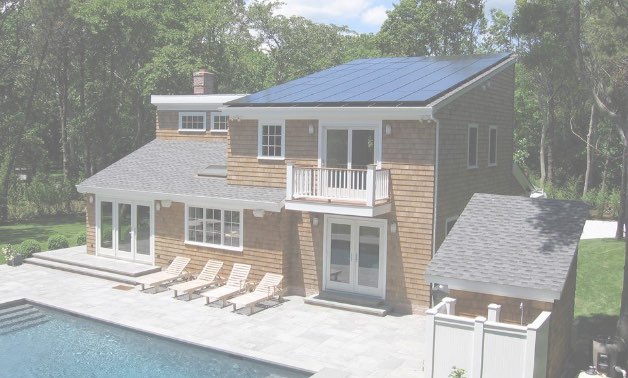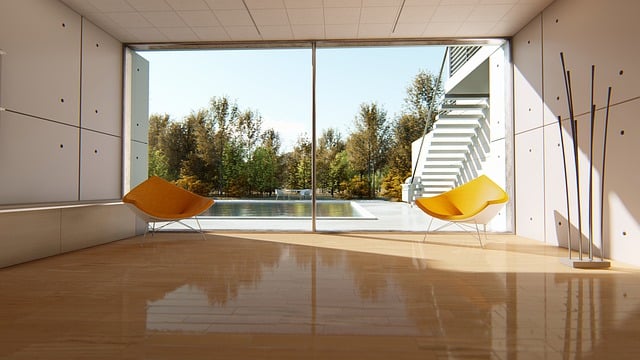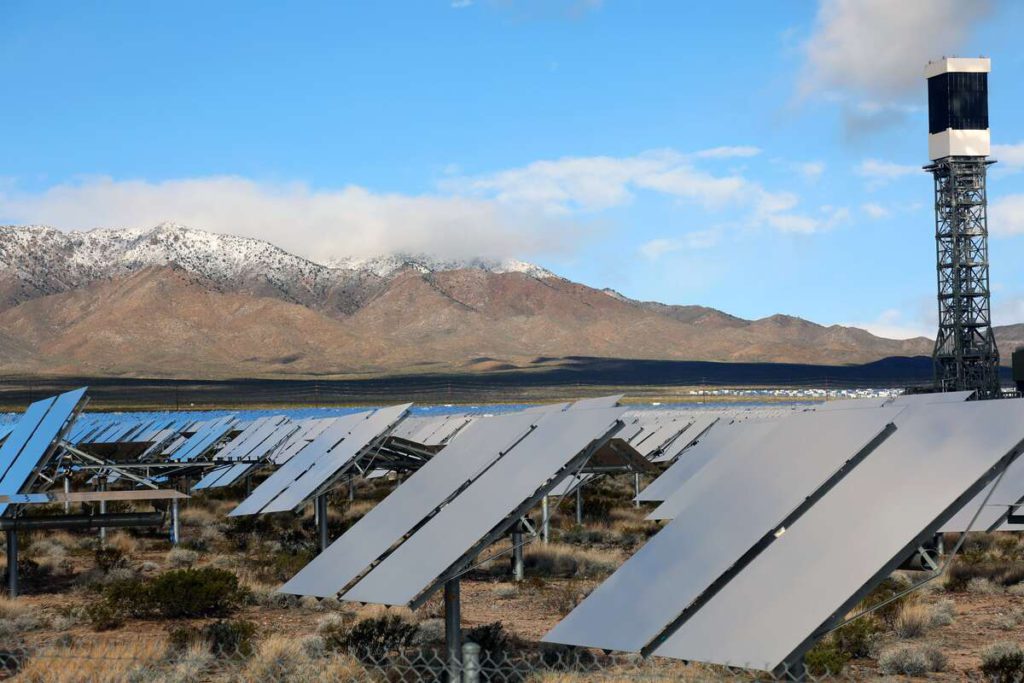The Tesla Powerwall is essentially a compact rechargeable lithium ion battery which is normally meant for use in home energy storage systems and can be paired up with commercial residential solar panels for full home grid functionality. It is designed to cater for EV charging as well, self-consumption of energy, shifting consumption, and short-term backup power needs. With the recent trend of buying more electric cars being a part of the everyday lives of many people the demand for home power storage batteries has also risen. These batteries not only store up enough energy to help run all the appliances in your house but also provide enough power to keep them running at night when the utility company’s power is off.
Is the Tesla Powerwall Battery Affordable?
The original Tesla Powerwall battery was introduced in 2020 and sold over the next few years at a price point that was beyond the reach of many consumers. Now, however, there are newer models available which have an improved power storage capacity and are priced much more affordable to the average consumer.
The latest Powerwall battery offers a better warranty, is able to store more energy during a single use, has a higher energy density, and includes a new high-tech back-up battery if there is a power outage. For those who need home energy storage systems for both emergency power needs as well as long-term power storage use there is the Powerwall 2.
The Powerwall 2 has a battery management system built into the system and is designed to prevent overcharging as well as undercharging. This is done by having a control unit that monitors the temperature and the level of the cells inside the system and then prevents the battery from being overcharged or undercharged.

A solar panel is installed on the roof of a home so that it can be able to capture the maximum amount of sunlight as well as charge the battery during the day. There are now commercially available solar cells which can be used to power the solar cells on the roof. Many homeowners choose to use solar panel modules to power the entire house since they offer much better energy output compared to the batteries.
To reduce the amount of money one is paying on their electricity bills, one should consider using both. the solar module and the battery for power storage.
There are two things to keep in mind when considering these home energy storage systems. The first is that they should be located close to a source of electricity because you don’t want to pay out of pocket for the electricity that is being produced if your batteries are dead. Also, if you are storing a lot of excess energy in the battery you don’t want to store it anywhere in your home since you don’t want it to get too hot or too cold during the summer.
The post Tesla Powerwall Home Battery- An Overview appeared first on Nevada Solar Group.
source https://nevadasolargroup.com/tesla-powerwall-battery/?utm_source=rss&utm_medium=rss&utm_campaign=tesla-powerwall-battery






